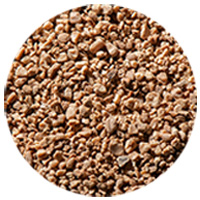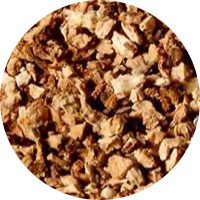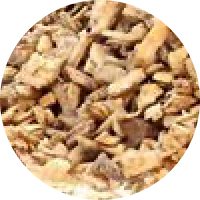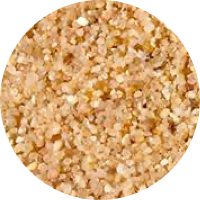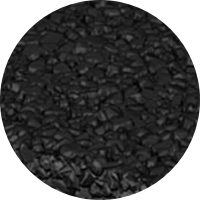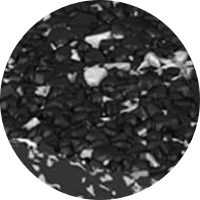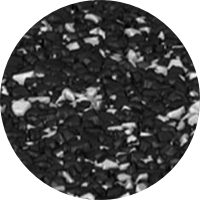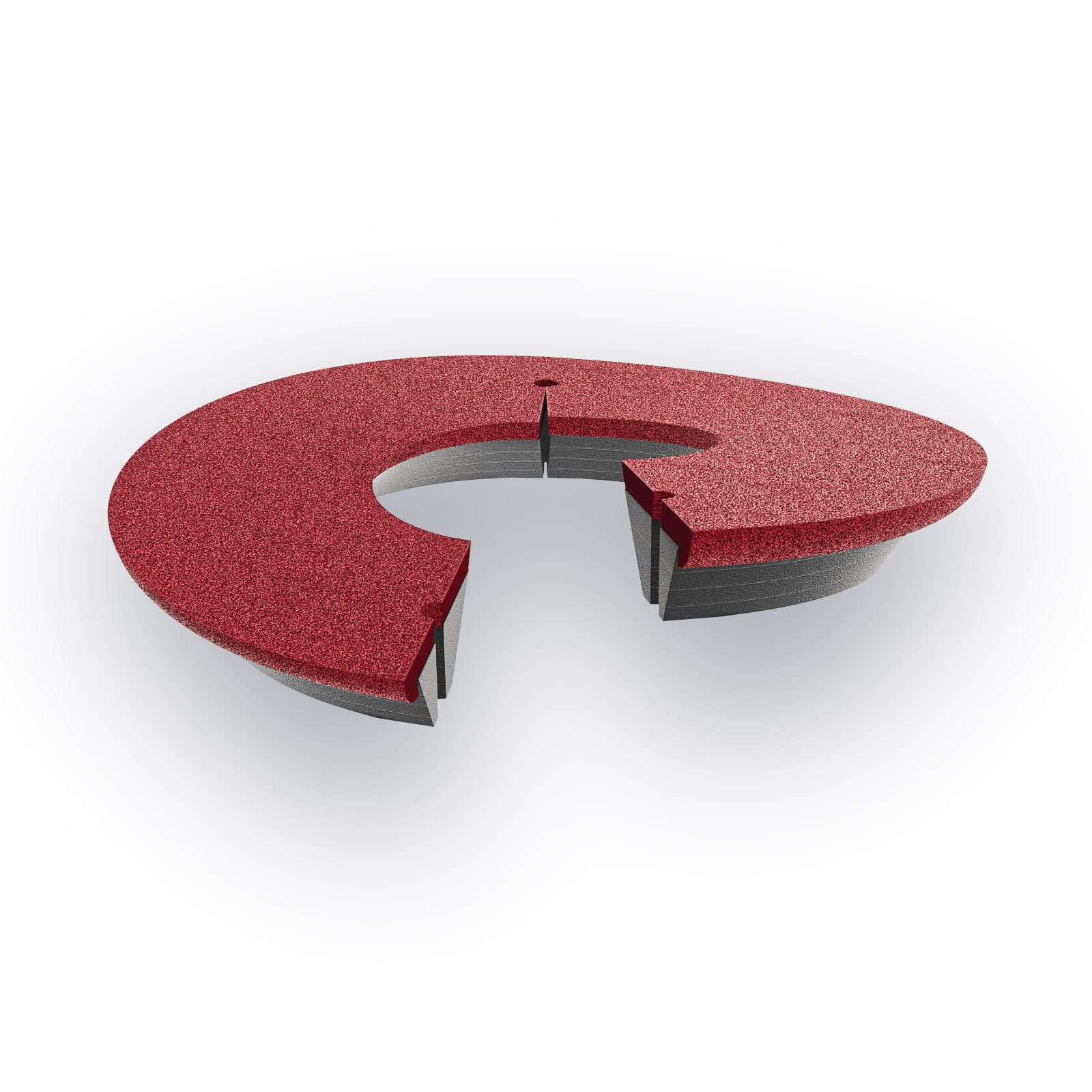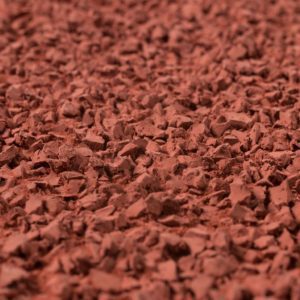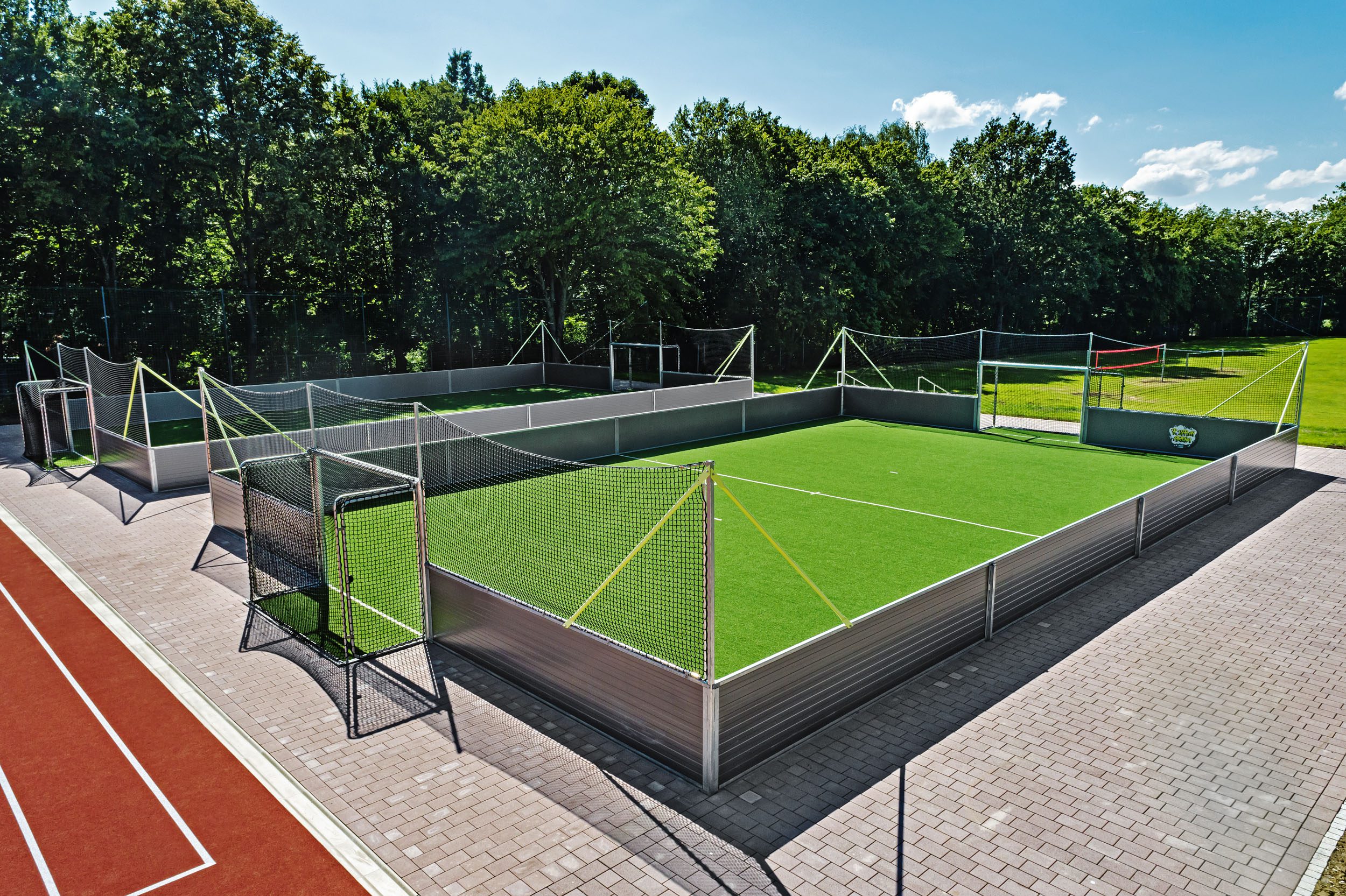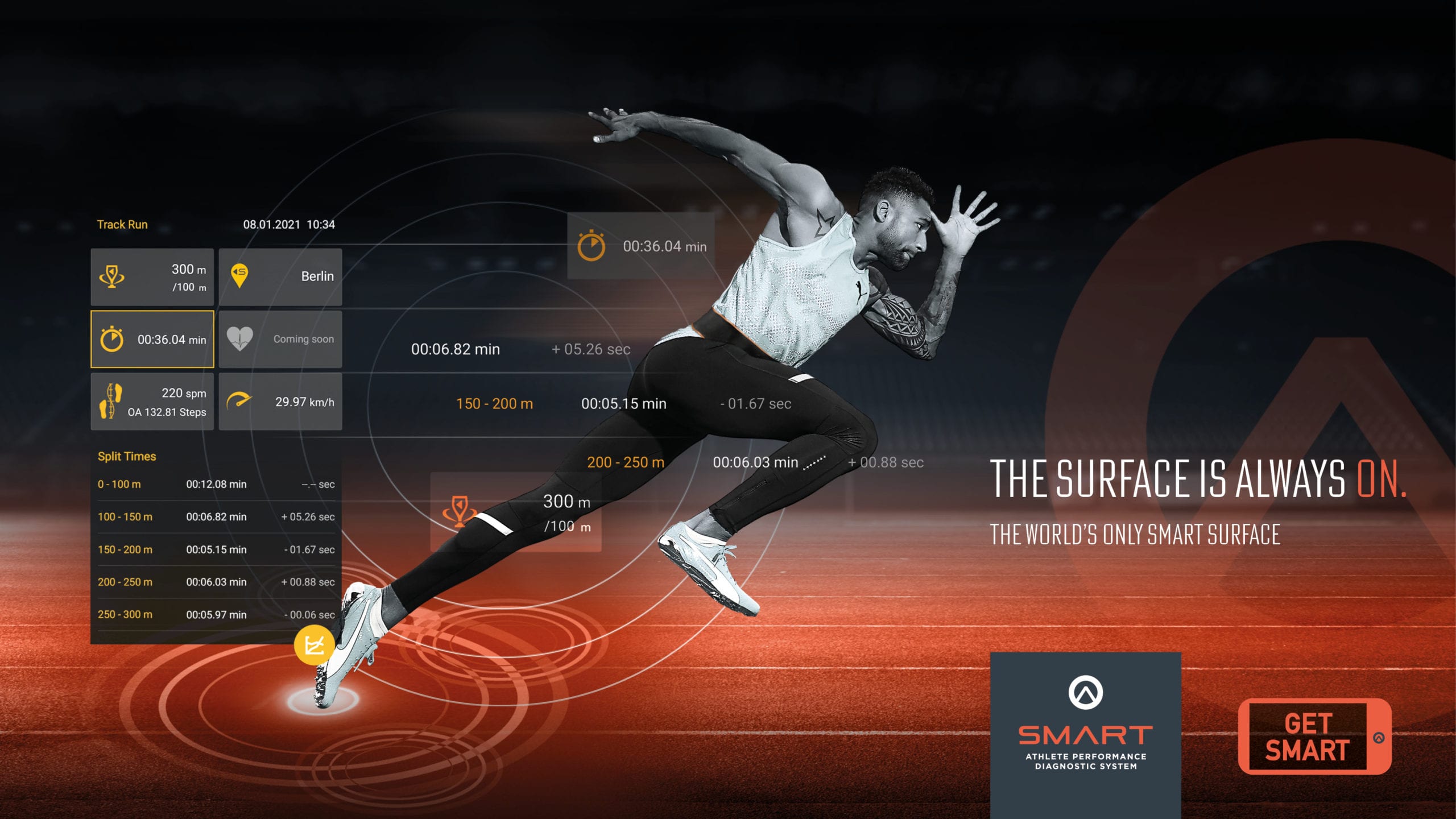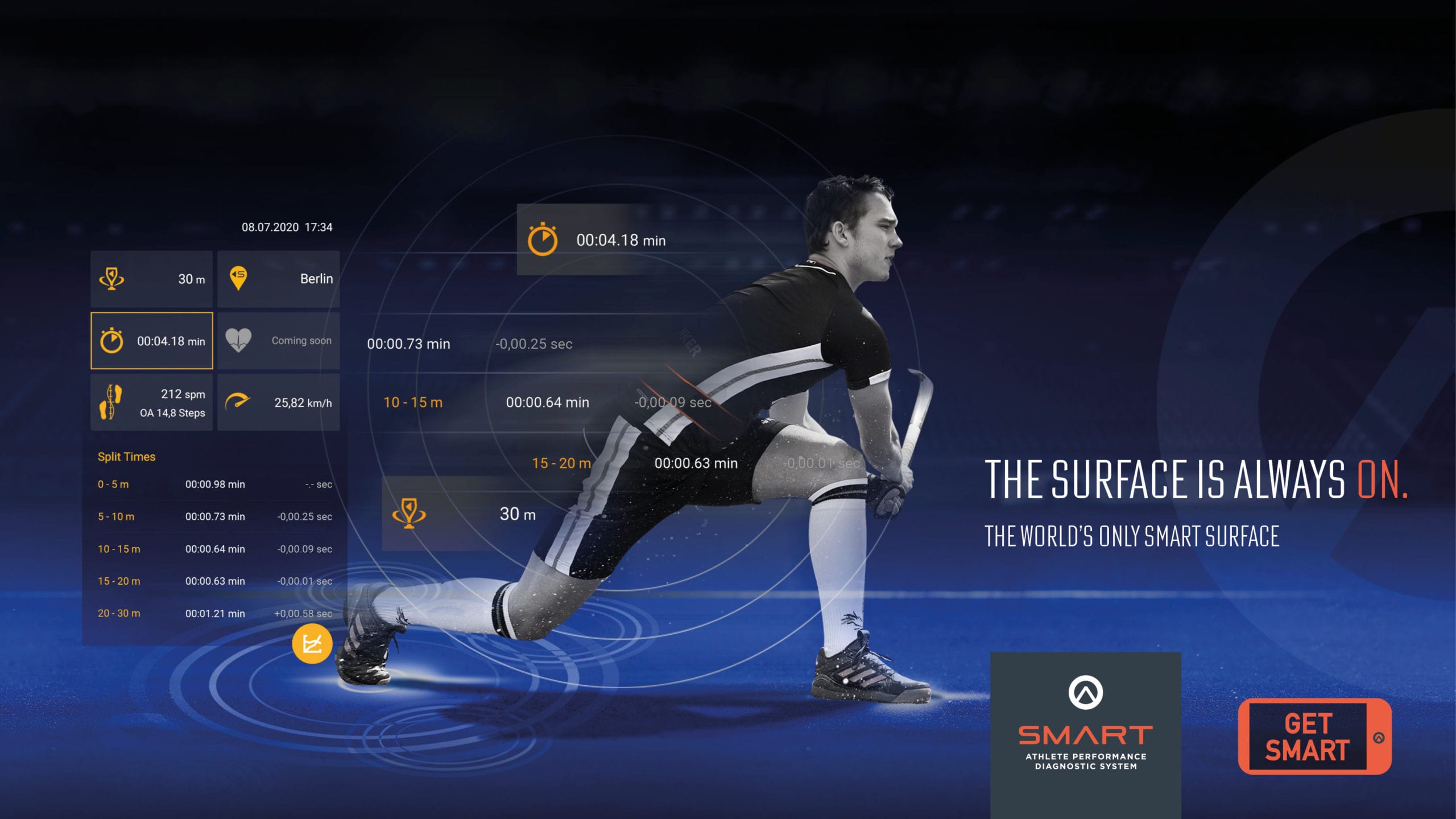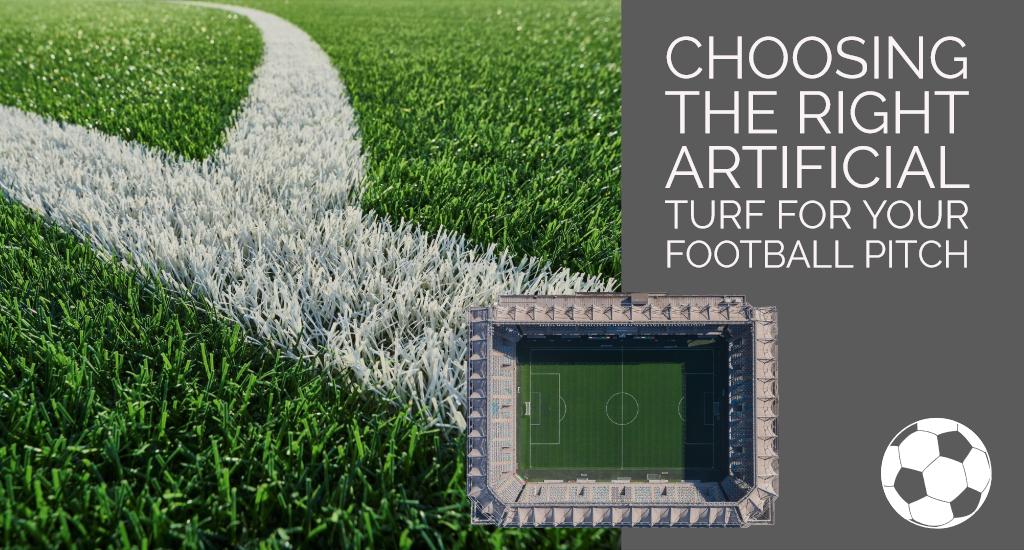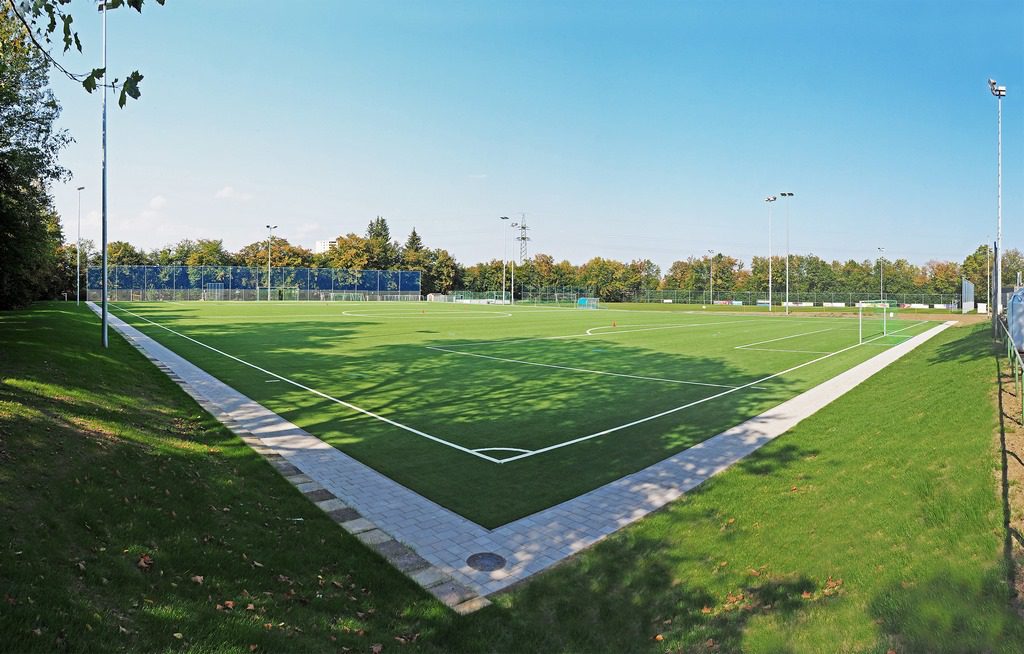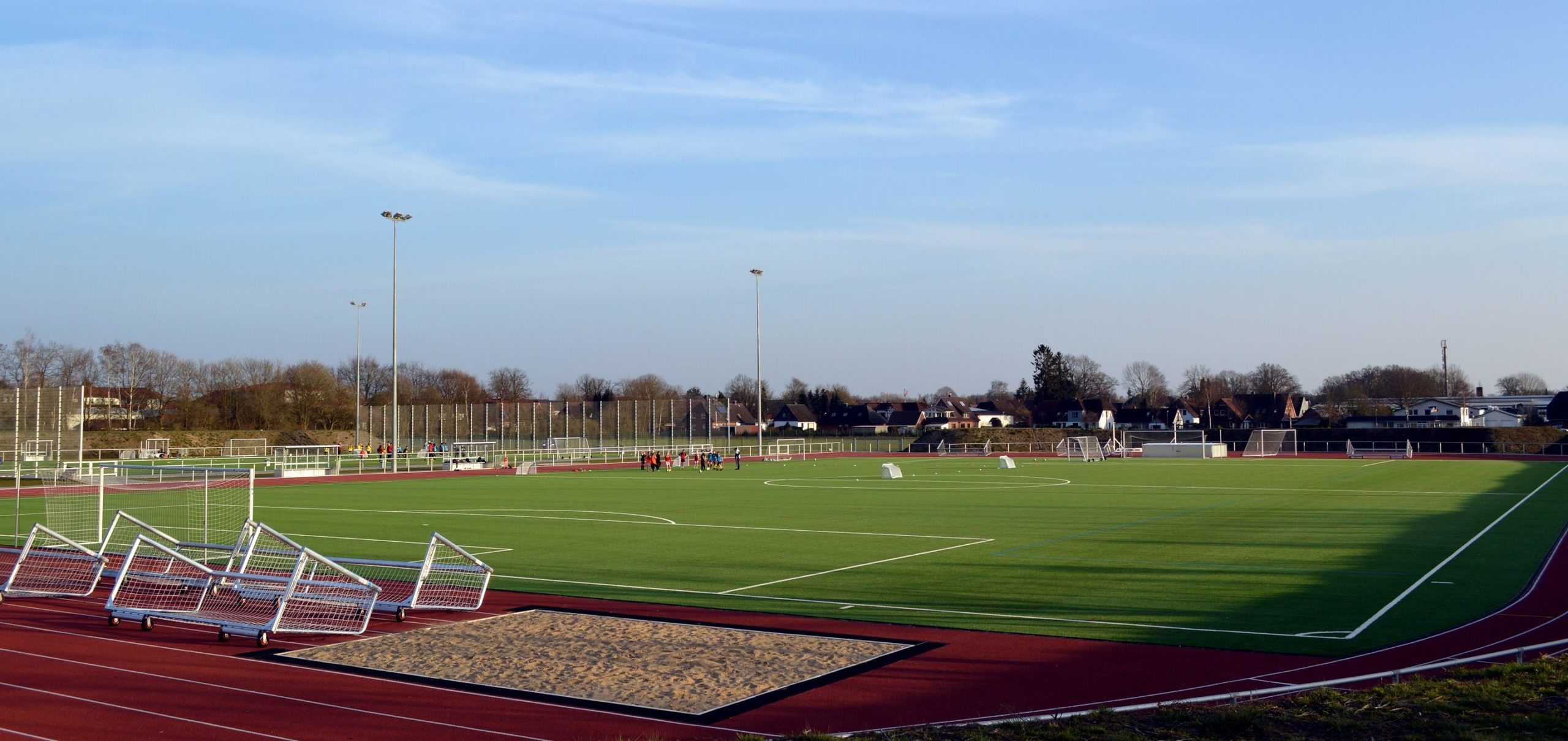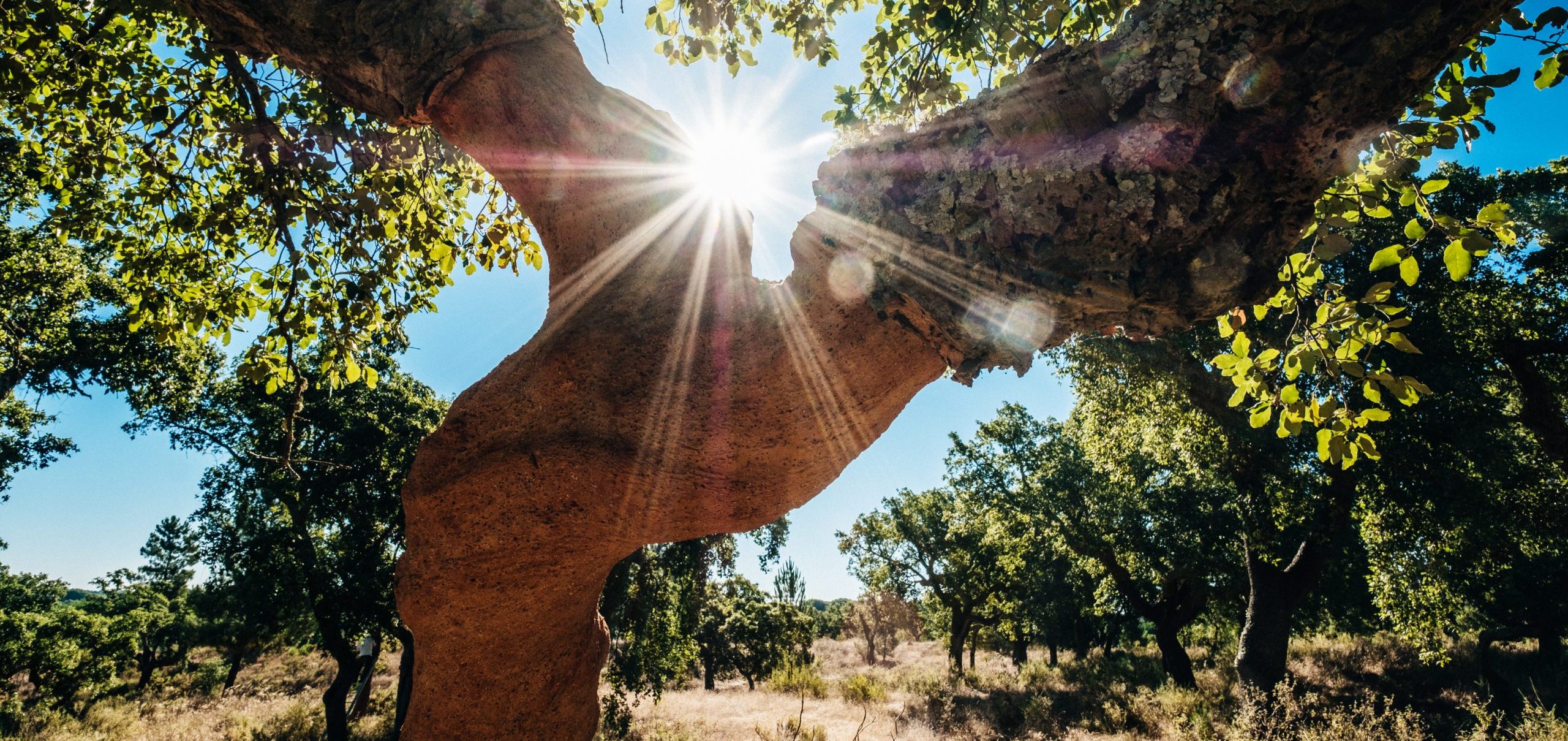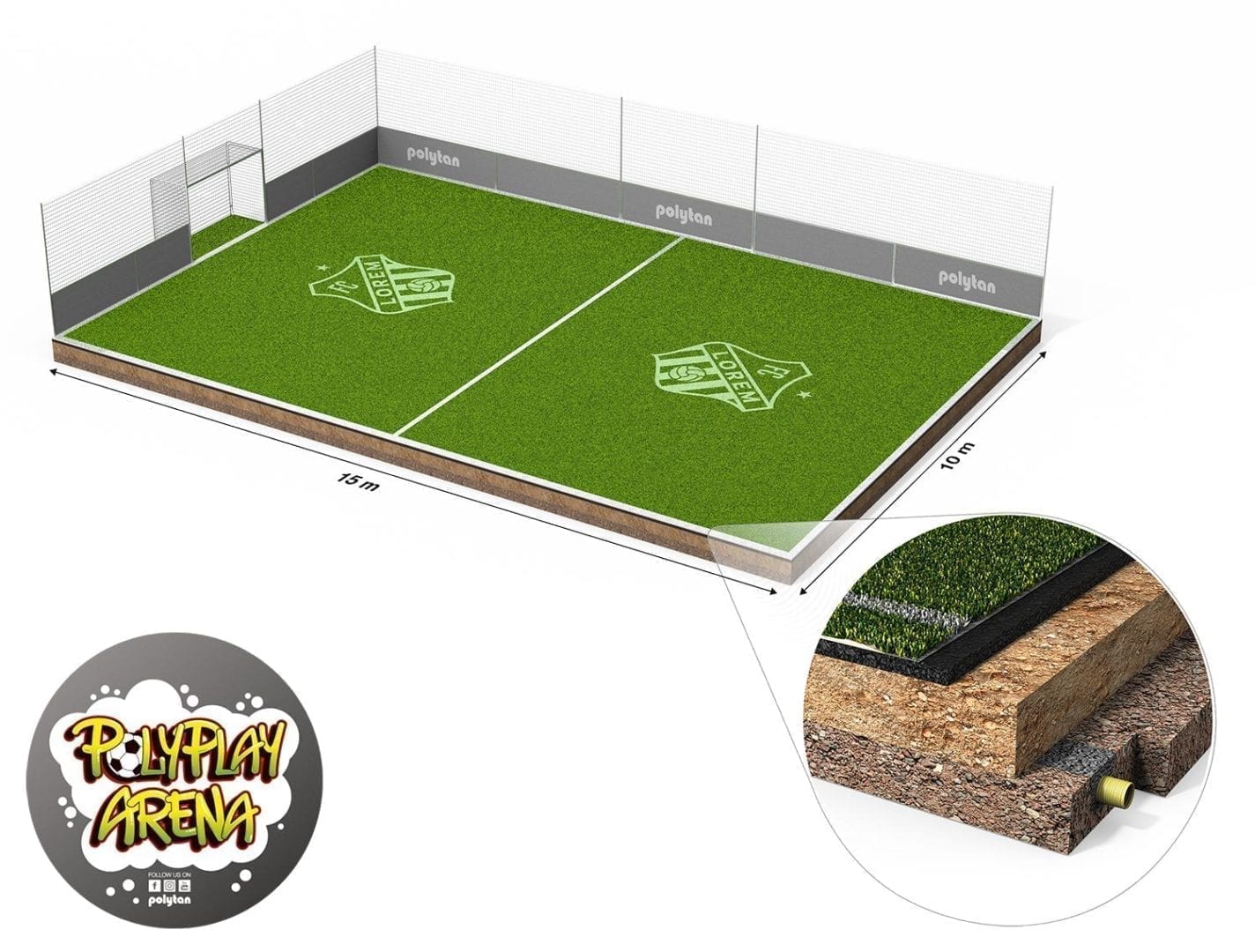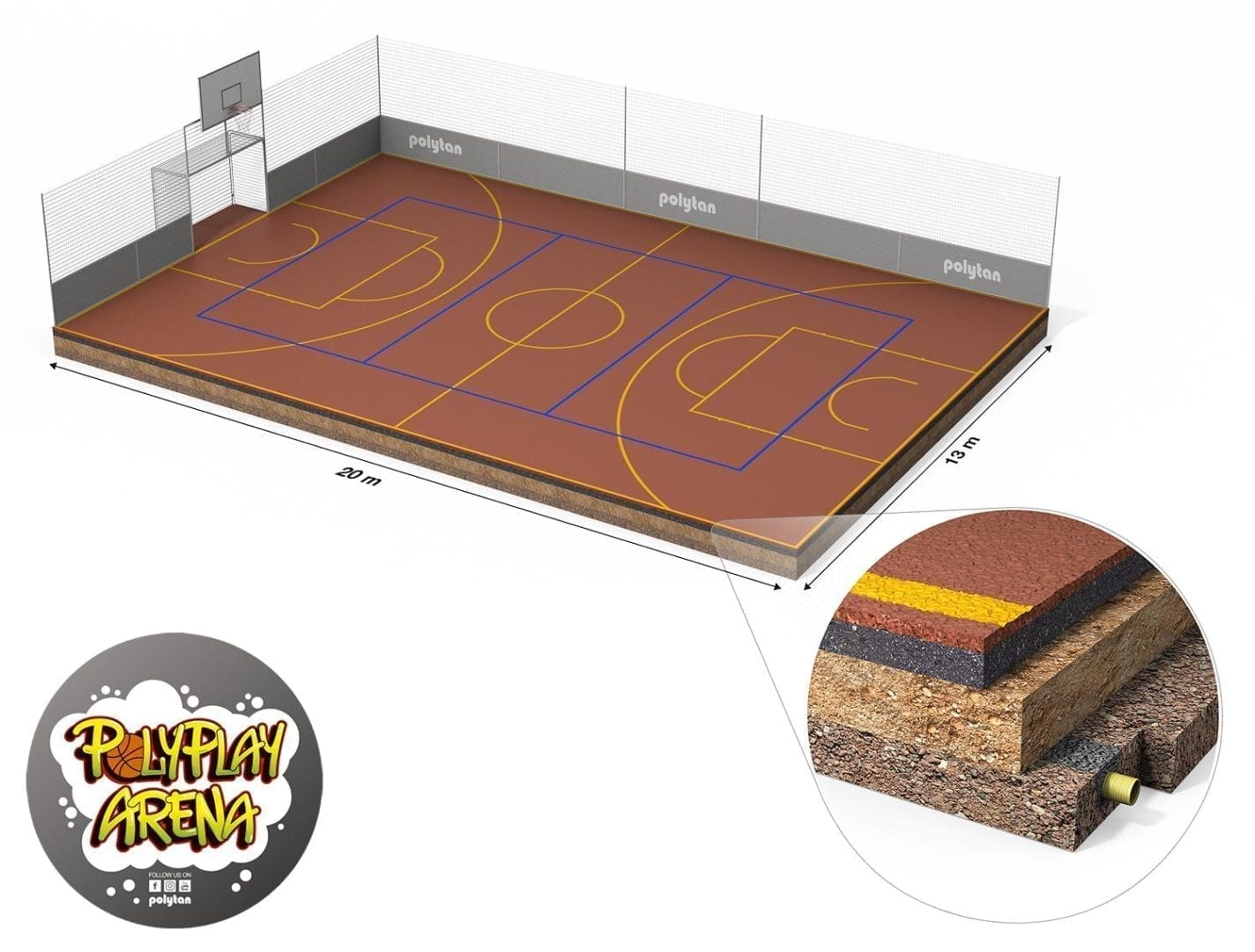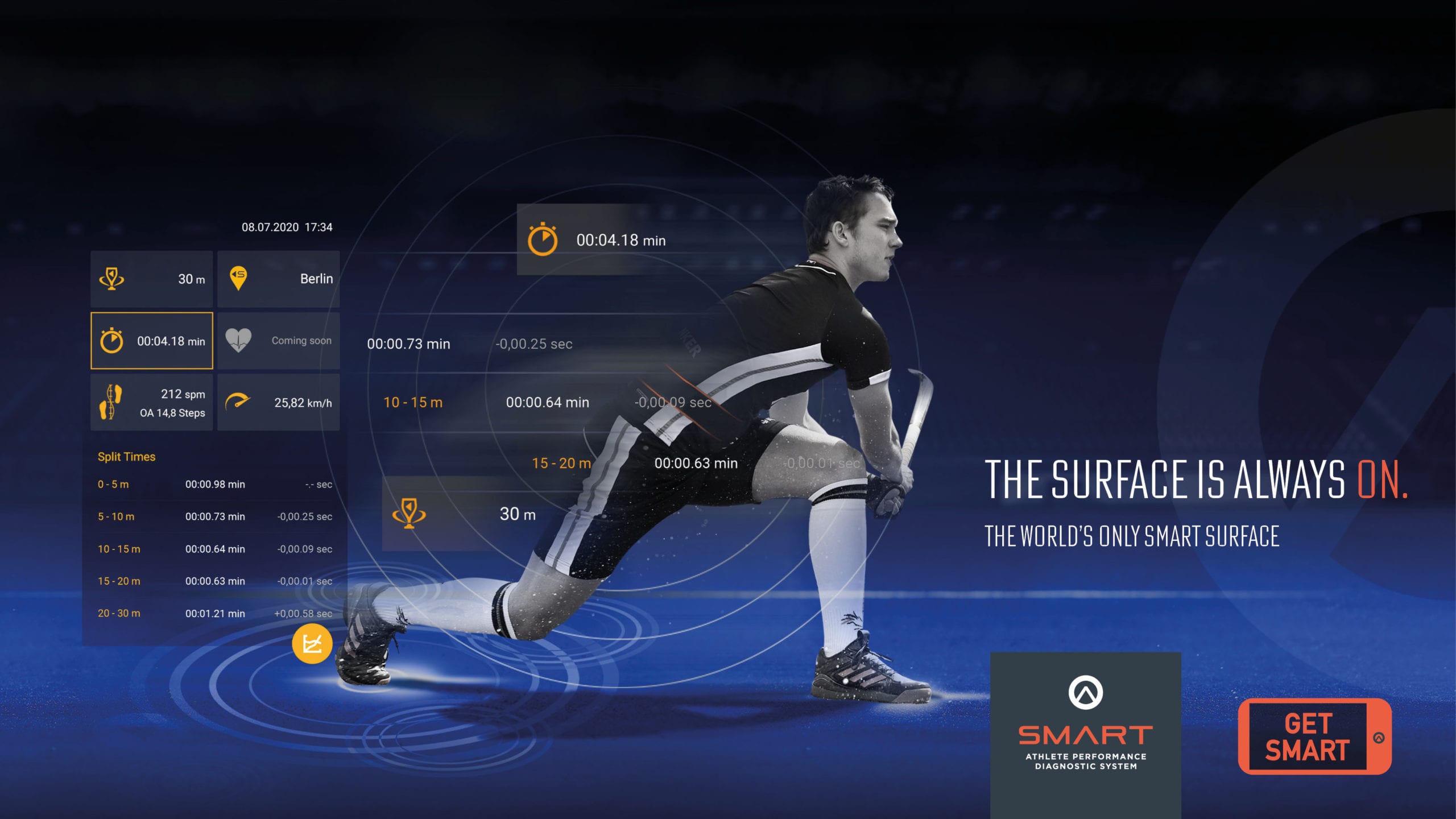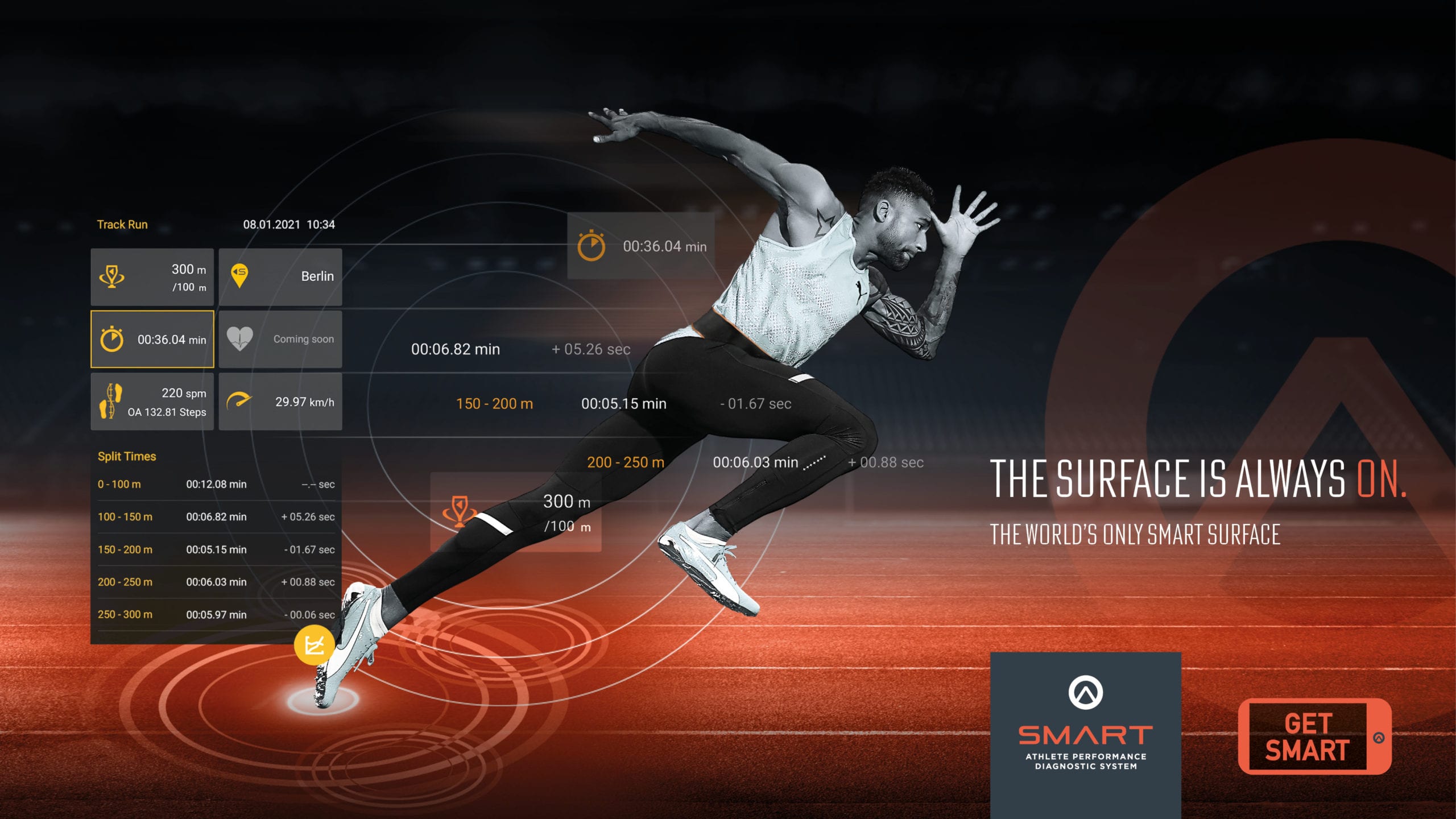In Germany alone there are around 25,000 football clubs with approximately 7 million members. They play an estimated 1.6 million football matches on approximately 50,000 football pitches. In Germany, the game is predominantly played on naturally grown grass. However, the proportion of artificial turf pitches is constantly increasing – in sports clubs as well as schools, universities and municipal playing fields.
The advantages of an artificial grass football pitch
There are sound reasons for its increasing popularity, in particular the robustness of artificial grass pitches. They are ready for use in almost any weather conditions and do not require a recovery period in between matches. This is an asset that pays off, especially in cities with limited space, when there is often only one pitch shared between several teams. The robustness also helps to ensure a long lifespan. In fact, the average service life of an artificial turf is approximately 2,000 hours of play a year, whereas natural turf loses its optimum playing characteristics after only 400 to 800 hours of play.
Artificial grass pitches are also low-maintenance. Although the surface must be cleaned regularly, there is no need for time-consuming mowing, ventilation or lawn fertilisation. What’s more, there is no need for irrigation, which has proved to be a great advantage, especially during the hot summer of 2018. Intensive cleaning of the artificial turf is only required every few years. Today, modern artificial turf pitches have become a real club attraction across all levels of play! They enthuse the club members and players and are a major reason for increases in football club membership numbers. Artificial grass pitches also help ensure training continuity during wet weather.
Making the decision. Choosing the right artificial grass for your football pitch
Nowadays, there are numerous artificial grass systems on the market. So, the crucial question has to be which artificial turf is suitable for your club? To answer this question, it is important to understand the artificial turf composition and the existing artificial turf variants. A third-generation or 3G modern synthetic turf system essentially consists of three main components:
- made of an elastic, compact layer or base layer with sport-functional properties,
- an artificial grass surface and
- an infill, e.g. of elastic plastic granules and quartz sand.
The artificial turf surface is a fibre that is tufted onto a backing fabric, similar to carpet production. Let’s start with the elastic layer.
Elastic base layers for artificial turf football pitches
At Polytan, the bound elastic in-situ layer is between 30 and 35 mm thick and usually consists of recycled rubber granules and polyurethane binders. This compact base layer boasts consistently good elasticity and has a lifespan of well over 30 years. It guarantees the best long-term properties in terms of shock absorption and deformation and thus the health and safety of the players. The in-situ construction method (on-site and roadwork processing) ensures any subsoil unevenness is levelled, resulting in an absolutely flat, water-permeable surface. If the playing surface wears out after 10 to 15 years, next-generation artificial grass can usually be easily installed over the existing in-situ elastic layer – usually several times in succession.
In addition to artificial grass systems with elastic layers, artificial turf structures without elastic layers are also available on the international market. In many European countries – such as the Netherlands – this type of artificial grass pitch is widespread. The missing elastic layer is compensated for by longer turf fibres and an increased amount of infill made from recycled tire granules. However, more infill means higher material costs and increased maintenance, as it must be regularly loosened and refilled in larger quantities. Thus, artificial turf systems with an elastic layer prove much cheaper in the long run and reduce the risk of injury to the athletes thanks to their excellent force reduction properties.
Smooth grass fibres for the pros
The second, top layer of an artificial turf system forms the turf fibres, which are available in both smooth and textured variants. These turf fibres are tufted onto a carrier fabric. The yarn is mechanically needled into the fabric from the back using a similar technique to that of a sewing machine. In an additional coating process, these turf fibres – also known as tufts – are permanently bonded to the carrier fabric so firmly that they remain solidly anchored throughout their entire service life.
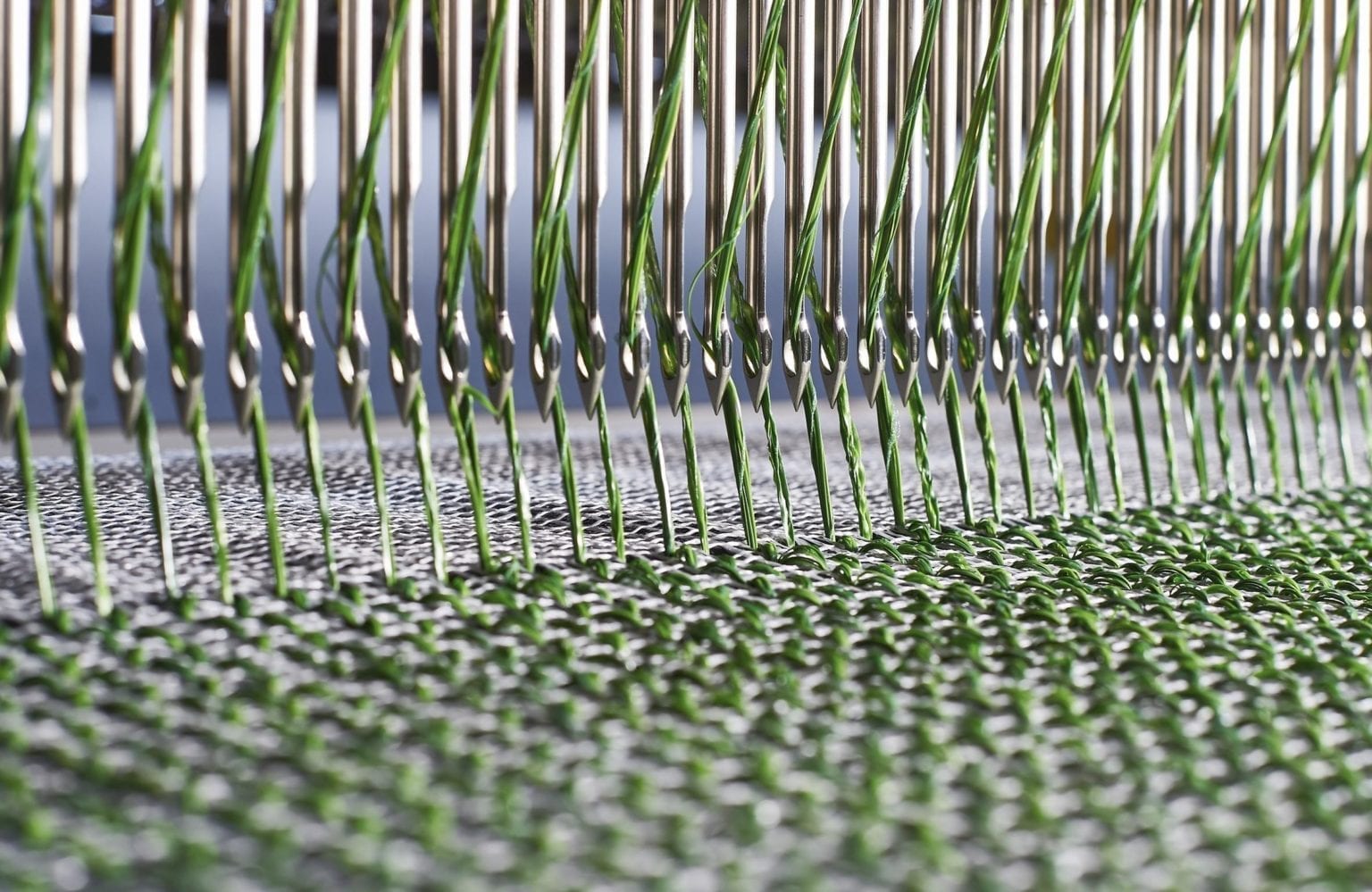
Together with the base layer, the turf fibres determine the artificial turf’s playing characteristics. Smooth and textured, or crimped, fibres are available, and Polytan now also offers Belag LigaTurf Cross, a system that combines smooth and textured fibres. Smooth lawn filaments are the first choice for playing football, both exclusively and alongside other sports such as rugby or American football. The smooth fibres are not only comfortably soft, but they also allow a game play experience that reflects that of natural grass, with optimal ball rolling and spring-back properties. In professional football, smooth turf fibre systems are used almost exclusively.
Textured grass fibres for intensive use
Textured grass filaments, which were originally used for hockey pitches, are more durable than smooth fibres. In addition, textured artificial turf fibres have undergone significant developments in recent years and, most importantly, have become softer. Texturing means that the fillings, sand and rubber granulate, for example, are better fixed in the artificial turf, thus significantly reducing infill loss. This means that less elastic rubber granulate refilling is required, which saves on resources and protects the environment. Therefore, artificial turf football turf systems can be used intensively with little need for maintenance.
Infill influences artificial grass quality
A third contributing factor to the quality of the artificial turf system is the infill, which is available in numerous variants. Depending on the system, the elastic infill granulate consists of different materials, including elastic plastic granules and quartz sand. Sand weighs down the turf and provides the overlying turf fibres in the root zone with the necessary support. The granulate protects players from injuries and is provides for several of the surface’s functional properties required for sports. Green infill granules in particular give a football field a fresh and natural appearance, at the same time as reducing overheating on hot days.The infill forms the basis for a playing feel that is consistently on par with natural turf in terms of grip, traction and even fast speed and direction change. The infill granules in particular guarantee undisturbed ball rolling behaviour and good protection against possible injuries.
The only incidence in which infill is not used is in artificial turf for hockey pitches; here, the blades are significantly shorter so as not to distort the running direction of the ball. In order to maintain these desired turf properties, professional hockey turf systems are watered before every game. Infill granules on the market are available in a wide range of different materials, colours and shapes. Finding the most suitable product for your artificial grass football pitch depends on the desired play and quality characteristics, as well as on the club’s budget. In general, we recommend infill made of high-quality and completely new EPDM (ethylene propylene diene monomer rubber) granules.
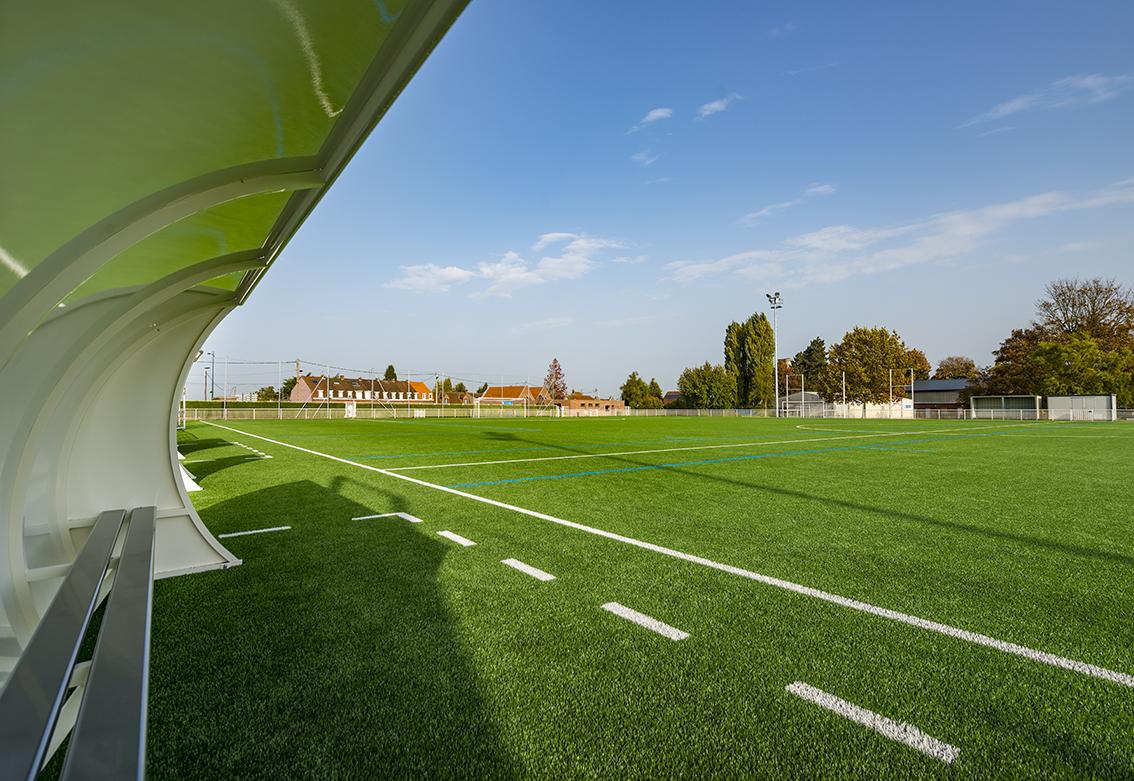
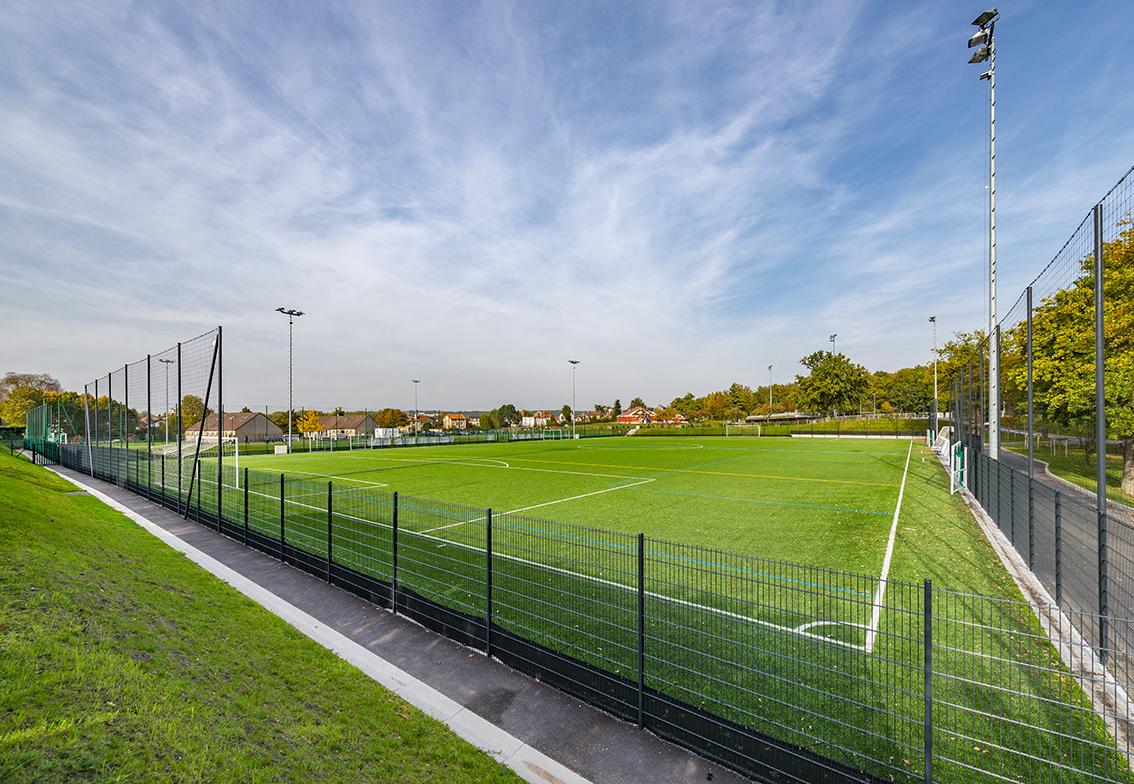
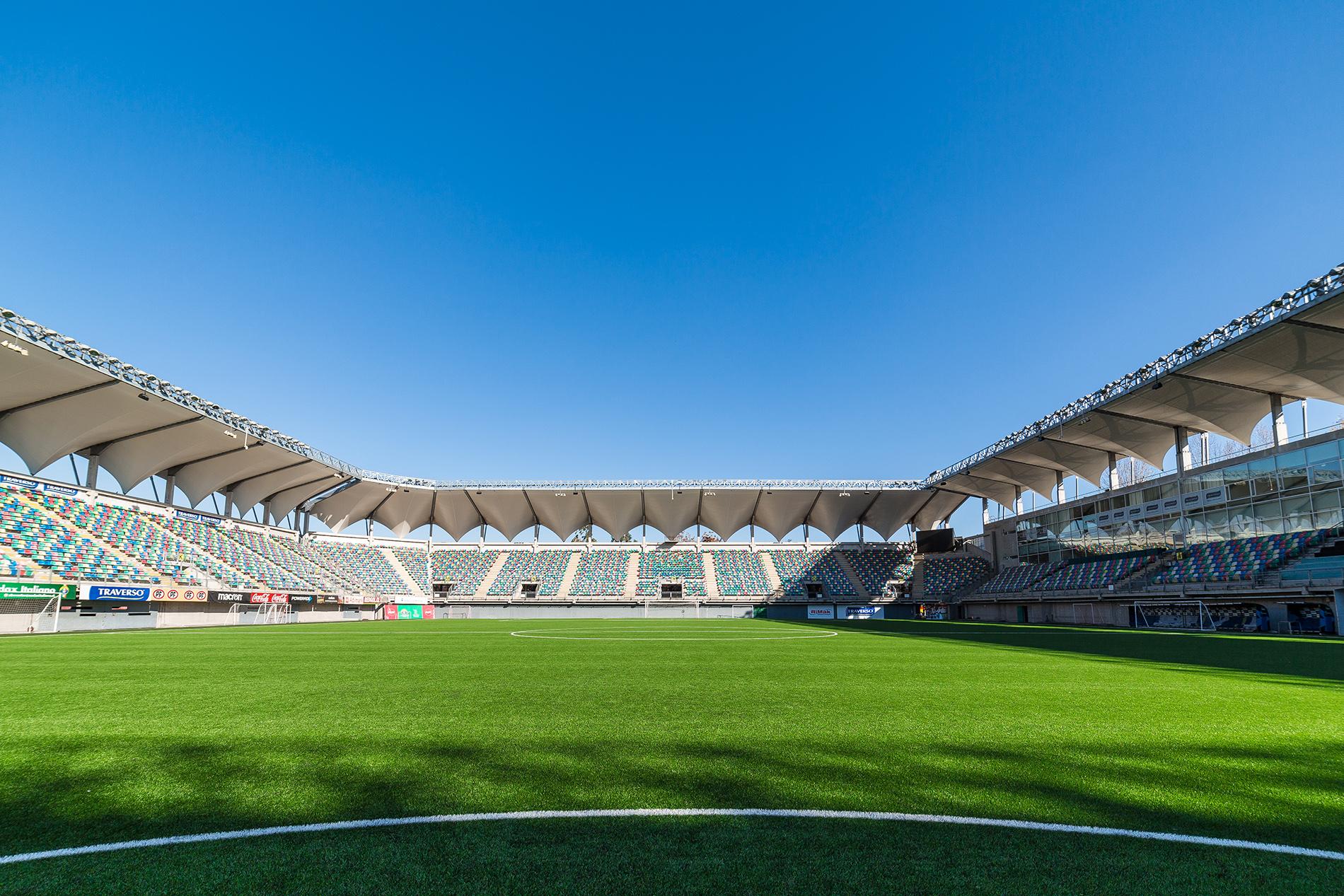
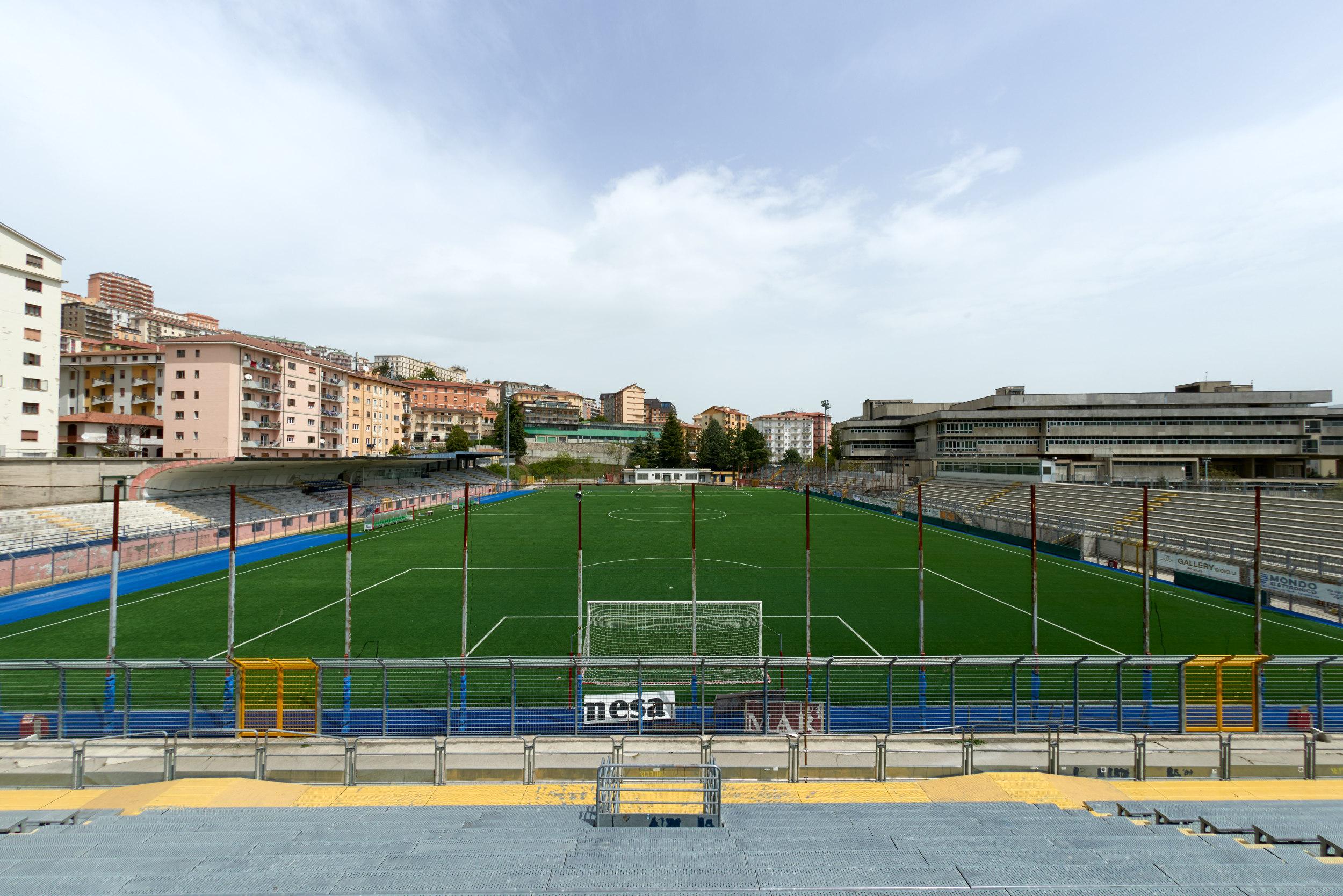
Artificial turf infill made from newly produced EPDM
These rubber variants not only easily fulfil the DIN EN 71-3 playground standard, they are also absolutely weather and moisture-resistant, ozone-resistant and insensitive to temperature fluctuations and peaks. In addition, they boast consistently high-quality playing characteristics that protect players from injury. Thanks to our EPDM technology, the lower threshold limits for PAHs (polycyclic aromatic hydrocarbons) in a ccordance with the new REACH Regulation and Article 50 are complied with.
Infill EPDM ST as standard for artificial grass pitches
The standard for newly produced rubber granules is ‘EPDM ST’ infill, which has been specially developed for our own turf systems and has been proven through 10+ years of use. These lightfast, weather-resistant and odourless granules are characterised by a particularly stable integration. They ensure optimal stability over many years and excellent sporting characteristics.
New to Polytan: Our Bionic Fibre and Fusion GT infill
On warm days, green granules heat up less than black, recycled materials, while on cold days they still remain elastic. The optimised particle size distribution of the rubber granules guarantees the appearance of a natural-looking turf. Bionic Fibre infill is a variant of our EPDM ST infill; and it is particularly successful thanks to its natural shape and even more natural-looking turf appearance. A further advantage is that more water can adhere to the granules without being absorbed. This makes tackles almost as easy as on natural grass. Even when dry, the turf is noticeably less dull.
The premium product in our elastic granule range and our latest development is the Polytan Fusion GT. GT stands for Green Technology and refers to the product’s outstandingly high sustainability and environmental compatibility. Fusion GT contains a proportion of natural materials and combines high-quality, newly-produced EPDM rubber granules with components from rapidly renewable raw materials. The result is a forward-thinking product with improved environmental compatibility. As with the BionicFibre product, Fusion infill features a more natural, organic granule structure. Unlike the angular, smooth-cut form of conventional infill, the infill is irregularly shaped, resulting in an especially soft and springy sports floor.
Fusion GT infill with natural fibre content
The natural product used to create Fusion GT infill not only achieves a very good eco-balance but also positively influences the heat development of the artificial turf surface. Just like a natural turf surface, thanks to its natural fibre content, the new Polytan Fusion GT infill, is able to absorb and evenly release higher amounts of water. This is down to natural evaporative cooling, which keeps the artificial turf pleasantly cool even at high temperatures: temperature reductions of up to 15°C are possible! The light brown colour of the infill granules also contributes to reduced heat development on the artificial turf and makes the entire space appear fresher and more natural. The next article on artificial turf systems by Polytan will help clarify which synthetic football turf properties are best suited to your club.
Conclusions: artificial football pitch turf
If you want to equip a football-only pitch for professional players or ambitious kickers with artificial turf, we recommend a 3G artificial turf with an elastic layer and smooth fibres. This variant comes closest to the feeling of being on natural grass and the turf’s appearance is also very natural. The right choice of infill granules is also important, as this contributes significantly to the quality of play, and also ensures optimal protection against injuries. The more robust variant is an artificial turf with an elastic layer and textured (crimped) fibres, an ideal surface for public or heavily used football grounds.
